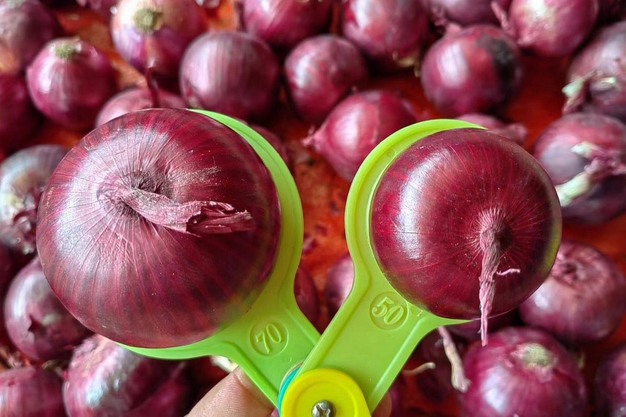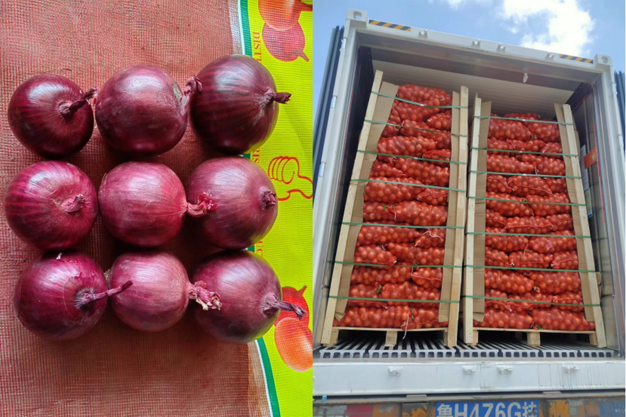The price of Chinese onions has risen again since August and has gradually stabilized over the past two months. Currently, the price remains at a high level.
"Onion prices had fallen a few months ago due to India lifting its onion export ban. The new season of Chinese onions hit the market in July. However, the cold weather earlier this year caused some onion seedlings to freeze, reducing the yield of the new season. Additionally, the price of onions from China has increased in the international market following a rise in Indian export tariffs on onions," Ms. Lassie Kong from Jining Fenduni Foodstuff Co., Ltd. explained.

"The increase in the price of red onions has been greater than that of yellow onions. The high prices have dampened merchant demand and led to a calmer recent onion export market," Lassie noted. Although sea freight costs have decreased recently, it has been challenging to counteract the impact of rising onion costs.
"Last year, onion prices were also high, but the total supply in the international market was limited, so demand remained strong. This year, however, is different. The supply of Dutch onions has increased compared to previous years, and their prices are competitive in the export market, leading many merchants to switch to purchasing Dutch onions. This has further affected the recent export trend of onions from China."

Furthermore, Lassie mentioned that a new variety of small onion from China has been well received in the international market, attracting more orders and achieving higher prices than conventional large onions. "The conventional size of Chinese onions is usually 50-80mm or 80-100mm, while the size of this small onion is 40-60mm. This new product was developed by growers in response to market demand, and its market prospects appear optimistic."

Jining Fenduni Foodstuff mainly focuses on the export trade of garlic and onions, with its export markets including Central and South America, Africa, and Europe. "Regarding the demand for onions, the African market has been relatively calm this summer, while the Central and South American markets have remained relatively stable."
